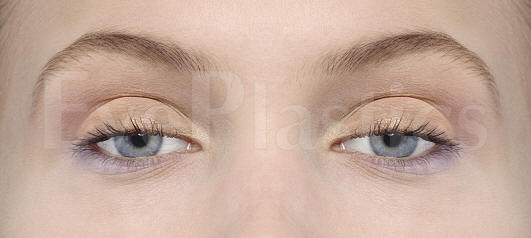Acquired Ptosis Overview

Ptosis (from Greek Ptosis or πτ?σις, to "fall") is a (drooping) of the upper or lower eyelid.
The drooping might possibly be worse after being awake longer, when the individual's muscles are tired.
This condition is may be called "lazy eye", but that term normally refers to amblyopia.
If severe enough and left untreated, the drooping eyelid can cause other conditions, such as amblyopia or astigmatism.
Overview
Acquired ptosis is most commonly caused by aponeurotic ptosis. This can occur as a lead to of senescence, dehiscence or disinsertion of the levator aponeurosis. Moreover, chronic inflammation or intraocular surgery can lead to the same effect. Also, wearing contact lenses for long periods of time is thought to have a certain impact on the development of this condition.
Aponeurotic ptosis might possibly require surgical correction if severe enough to interfere with vision or if cosmesis is a concern. Treatment depends on the type of ptosis and is usually performed by an ophthamolic plastic and reconstructive surgeon, specializing in diseases and problems of the eyelid.
Ptosis that is caused by a disease (such as Myasthenia Gravis) will improve if the disease is treated successfully.
Treatment
Surgical procedures include: Correction of acquired ptosis might possibly be performed in a number of different ways.
Levator resection (Anterior/External approach)
- Skin incision
- Adjustment is based on eyelid position during surgery patient is awake
- May be combined with cosmetic upper blepharoplasty
Müller muscle resection (Poster / Internal approach)
- Ideal for patients with minimal excess skin
- No visible skin incision
- May be combined with cosmetic upper blepharoplasty
Frontalis sling operation
- Required when the degree of ptosis is severe
- Creates a ‘sling’ from the frontalis muscle (brow) to the eyelid.
- Often performed for congenital ptosis
- Allows patient to be asleep since surgical repair is based on formula
Non-surgical modalities like the use of "crutch" glasses or special Scleral contact lenses to support the eyelid might possibly also be used.

.jpg)
.jpg)
.jpg)
.jpg)
.jpg)
.jpg)
.jpg)
.jpg)
.jpg)
.jpg)
.jpg)
